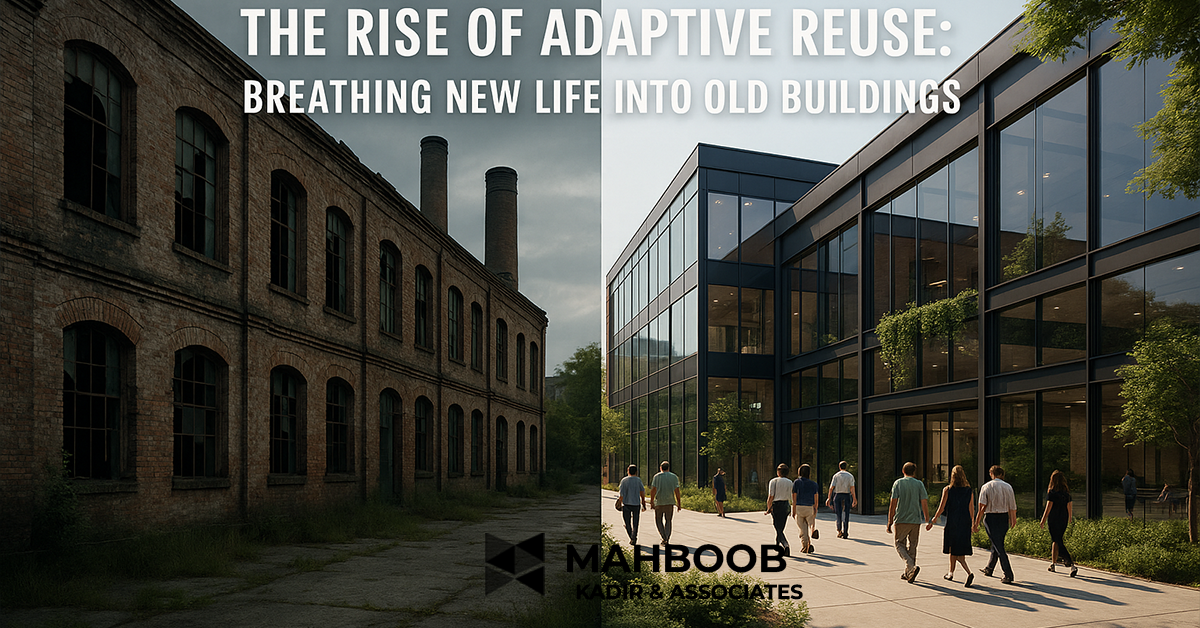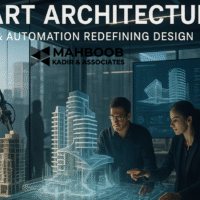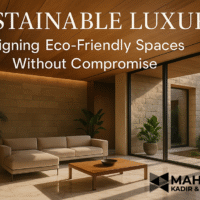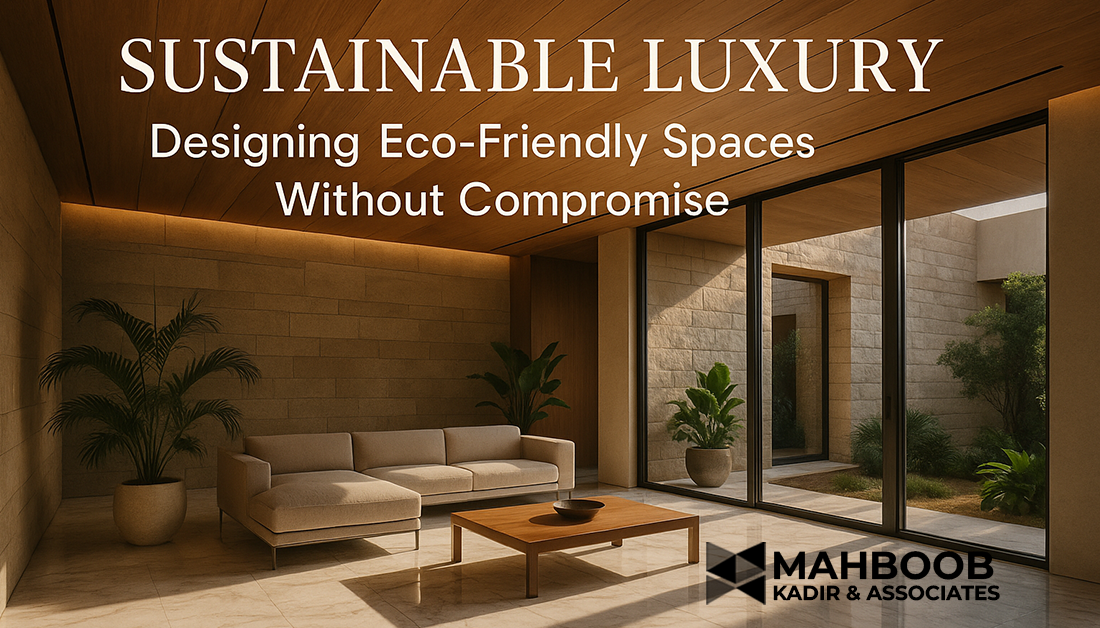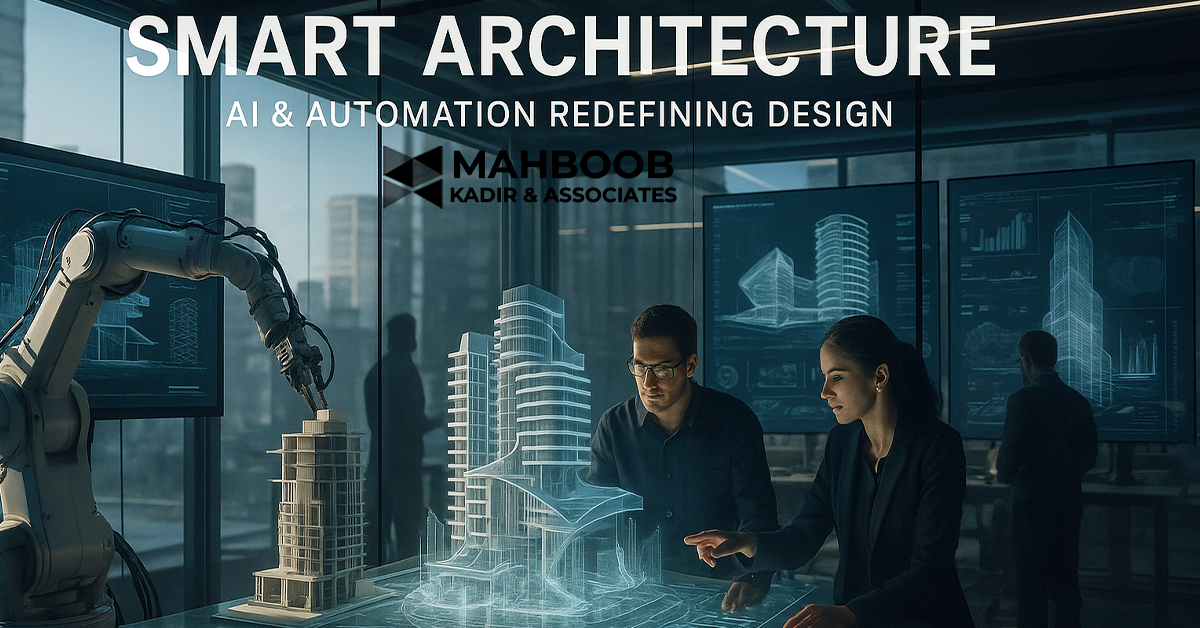The Rise of Adaptive Reuse: Breathing New Life into Old Buildings
Architecture has entered a new era—one where the past meets the future. As cities evolve, architects and developers are realizing that sustainability isn’t just about building new; it’s about reimagining what already exists.
In 2025 and beyond, adaptive reuse architecture stands as one of the most powerful design movements redefining how we approach urban growth, heritage preservation, and sustainability.
At MK & Associates, we believe adaptive reuse is more than a construction method—it’s a statement of intent: to preserve, innovate, and sustain.
What Is Adaptive Reuse Architecture?
Adaptive reuse architecture is the process of transforming an existing building—often outdated, industrial, or abandoned—into a modern, functional space. Rather than demolishing and rebuilding, architects repurpose the structure to serve new purposes such as mixed-use development, corporate offices, co-living residences, or retail hubs.
Why It Matters
- Reduces construction waste and carbon footprint
- Preserves cultural heritage
- Revitalizes urban centers
- Offers cost and time efficiency
In an era of sustainability and urban densification, sustainable renovation through adaptive reuse has become a strategic investment for developers.
Why Adaptive Reuse Is the Future of Urban Development
The push toward green building design has made adaptive reuse a global movement. Cities like London, New York, and Dubai are leading examples of how heritage revitalization can coexist with cutting-edge architecture.
Adaptive reuse isn’t just about nostalgia—it’s about smart economics and long-term value creation.
The Economic Edge
Developers benefit from:
- Lower land acquisition costs
- Faster regulatory approvals
- Increased community support for heritage preservation
Adaptive reuse projects can increase property value by up to 40%, making them a preferred model for urban regeneration.
The Design Challenge – Balancing Old and New
Blending historic structures with modern reuse projects demands creativity, technical precision, and cultural sensitivity.
At MK & Associates, we approach every transformation with a core philosophy:
Respect the past, design for the future.
Architectural innovation in adaptive reuse is not just aesthetic—it’s strategic. It requires analyzing the existing structure’s strengths, retaining its character, and layering new functionality that enhances usability and sustainability.
Case in Point — Global Icons of Building Transformation
Across the world, adaptive reuse has given rise to architectural icons.
The Tate Modern, London
A former power station reborn as a world-class art museum. Its design retained the industrial character while integrating modern circulation and exhibition spaces.
High Line, New York City
An abandoned elevated railway transformed into a thriving urban park—symbolizing the power of urban regeneration through creative design.
Zeitz MOCAA, Cape Town
A grain silo turned into a contemporary art museum, showcasing the beauty of architectural transformation.
These examples demonstrate that building transformation is both an art and a sustainable business model.
The MK & Associates Approach to Adaptive Reuse
Every project handled by MK & Associates begins with a deep analysis of site potential, cultural context, and spatial usability. Our goal is not just to renovate—but to redefine purpose.
Our Process:
- Site & Structural Analysis: Evaluating existing foundation and materials for reuse potential.
- Design Conceptualization: Introducing modern functionality while maintaining heritage aesthetics.
- 3D Walkthroughs & Visualization: Using architectural visualization and photorealistic rendering to simulate how old and new elements interact.
- Execution & Sustainability: Incorporating energy-efficient systems, natural ventilation, and smart material selection.
By blending design intelligence with sustainability, we help clients maximize ROI while delivering green-certified, high-performing spaces.
Key Benefits of Adaptive Reuse Architecture
Adaptive reuse is not a compromise—it’s an opportunity. It transforms urban liabilities into long-term assets.
Environmental Benefits
- Reduces demolition waste
- Minimizes embodied carbon
- Promotes sustainable material use
Economic Benefits
- Lower construction costs
- Higher property value
- Tax incentives in certain regions
Cultural & Social Benefits
- Preserves urban identity
- Strengthens community connection
- Creates landmark destinations
Adaptive Reuse in Pakistan – A New Frontier
Pakistan’s urban centers, especially Karachi and Lahore, are filled with underutilized buildings—factories, cinemas, and commercial sites waiting for rebirth.
At MK & Associates, we envision adaptive reuse architecture in Pakistan as the next big leap in sustainable urban development.
We’re already exploring projects that integrate:
- Mixed-use conversions (office + retail + co-living)
- Green building certifications
- Smart technologies and IoT integration
These projects don’t just reuse structures—they reshape skylines and revitalize communities.
FAQs on Adaptive Reuse Architecture
Q1: What types of buildings are best suited for adaptive reuse?
Warehouses, industrial facilities, old schools, and office buildings are ideal due to their large open structures and sturdy frameworks.
Q2: How does adaptive reuse differ from renovation?
Renovation restores; adaptive reuse redefines purpose. It changes the function of a building entirely while maintaining its essence.
Q3: Is adaptive reuse cost-effective?
Yes. It typically reduces costs by up to 30% compared to new construction while delivering faster returns through quicker occupancy.
Q4: How can MK & Associates help?
We provide end-to-end adaptive reuse solutions—from feasibility studies to 3D visualization, sustainability analysis, and turnkey execution.
The Future of Adaptive Reuse and Sustainable Architecture
As the world shifts toward carbon-neutral development, adaptive reuse is no longer optional—it’s essential. It represents the future of architecture, where creativity meets responsibility.
With advanced tools like BIM modeling, AI-driven space analysis, and photorealistic visualization, architects can unlock hidden potential in every structure.
Partner with MK & Associates
At MK & Associates, we specialize in adaptive reuse architecture, sustainable renovation, and urban regeneration projects that elevate design and performance.
Whether you’re a developer, investor, or property owner, we help you transform your existing spaces into thriving assets that define the future of architecture.
Visit mkandassociates.com to explore how we can transform your project through adaptive reuse and sustainable innovation.
MK & Associates — Reimagining Spaces, Redefining Futures.


